20 greatest Venice film festival Golden Lion winners – ranked!
20. Lust, Caution (2007)
Ang Lee already had a Golden Lion for Brokeback Mountain when he won another for this slow-burning espionage drama (featuring headline-hogging sex scenes between Tony Leung and Tang Wei) about a patriotic theatre group in wartime Hong Kong plotting to bring down the collaborationist Chinese government. One resonant line – “If you pay attention, nothing is trivial” – feels like a manifesto for cinema or art or life itself.
19. Three Colours: Blue (1993)
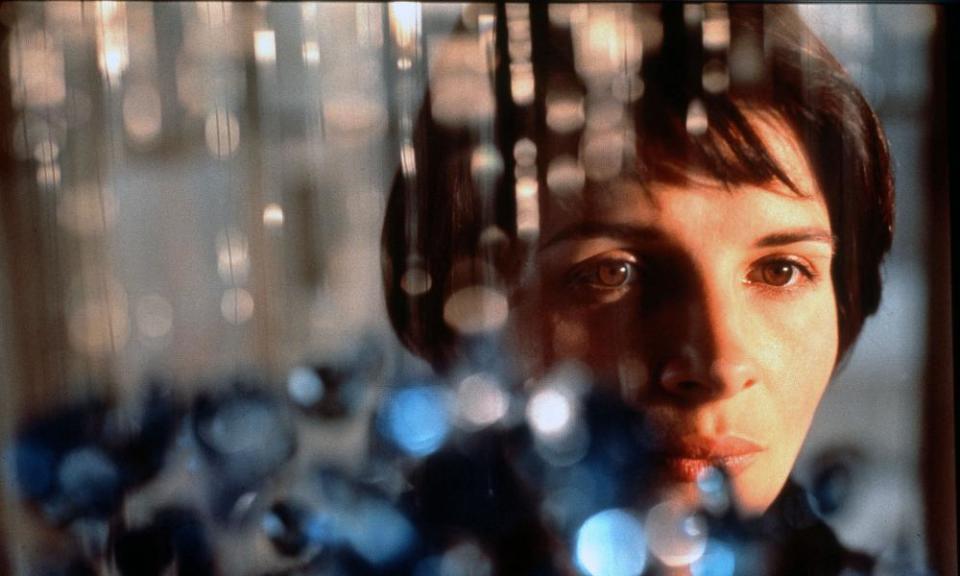
Krzysztof Kieślowski’s 10-part Dekalog series was his most profound work, but his Three Colours trilogy (celebrating liberty, equality and fraternity) is a force to be reckoned with, not least because of Juliette Binoche’s performance as a woman coming back from the brink after the death of her family to interrogate the life she lost.
18. Happening (2021)
Watched in the light of Roe v Wade’s reversal, Audrey Diwan’s tightly wound adaptation of Annie Ernaux’s novel about illegal abortion in 60s France feels doubly urgent. But when it won at Venice a year earlier, beating Jane Campion’s The Power of the Dog, it already looked like a work of lean, concentrated fury, with a fearless performance by Anamaria Vartolomei.
17. Gloria (1980)
After more than a decade in which the festival either wasn’t staged or went ahead without prize-giving, the Golden Lion was back, shared between Louis Malle’s luminous Atlantic City (one of two Venice wins for Malle, the other being Au Revoir les Enfants in 1987) and John Cassavetes’s larky thriller-cum-buddy-movie. Gena Rowlands is typically gutsy as the gangster’s moll on the run from the mob with a wiseacre kid in tow.
16. The Circle (2000)
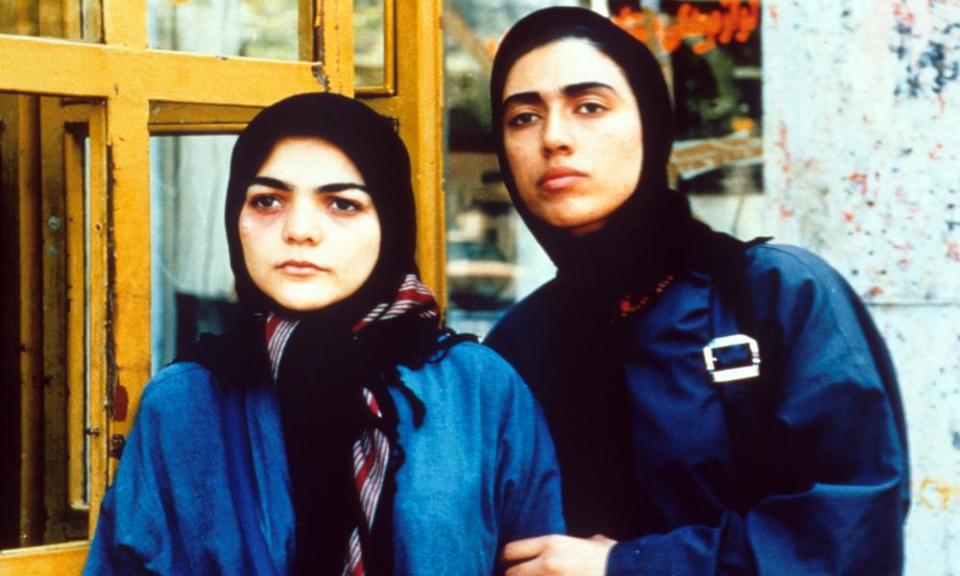
Long before he was placed under house arrest and slapped with a film-making ban, Jafar Panahi was already ruffling feathers with this tapestry of elliptical stories about the commonplace suffering of women in modern-day Iran. Along with Crimson Gold, The Circle is the film of his which feels least adulterated in its anger, though it never loses its poise or patience.
15. Aparajito (1956)
The second instalment in Satyajit Ray’s Apu trilogy (sandwiched between Pather Panchali and The World of Apu) finds the young hero growing up in the slums of Benares (now Varanasi), then moving to the country after his father dies and finally leaving his mother behind for university. The fraying of filial-parental bonds is agonising to behold and Ray’s insights as clear-eyed and compassionate as ever.
14. Still Life (2006)
Jia Zhangke’s visually arresting drama about loss, uncertainty and displacement is set in a city that is about to be flooded as part of the Three Gorges Dam project. The film is bookended by the story of a miner (Han Samning) whose wife and daughter have been missing for 16 years, while the central section follows a nurse (Zhao Tao) searching for her husband, who is the boss of a demolition company. Zhao, star of every Jia film since Platform in 2000, married the director in 2012.
13. Vive L’Amour (1994)
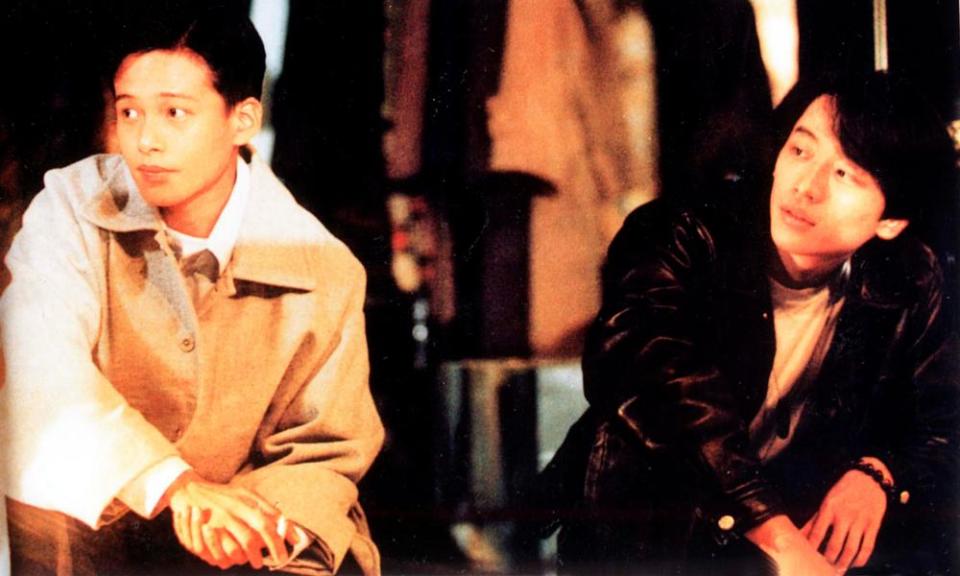
Another joint Golden Lion win, this time shared between Milčo Mančevski’s Before the Rain and this, Tsai Ming-liang’s plangent second film. Expressive, long takes probe a queer love triangle between a female estate agent and the two men who live intermittently (and, in the case of the suicidal loner played by Tsai’s muse Lee Kang-sheng, entirely secretly) in one of her empty properties.
12. The Green Ray (1986)
Éric Rohmer’s aching masterpiece features one of the all-time great romantic adventurers in the shape of the shy, antsy and often maddening Delphine (Marie Rivière), a newly single Parisian who whiles away her summer on a string of truncated holidays, none of which quite deliver the desired magic – until a final miracle of sorts. Chantal Akerman was among the jury members who awarded Rohmer’s film its much-deserved prize.
11. The Return (2003)
The lives of two teenage brothers are first disrupted and then endangered by the sudden appearance of their estranged father. Fans of Andrey Zvyagintsev know by now to fear for the wellbeing of children in his films but this is where it all began, with a stunning debut that earned comparisons to Tarkovsky. The director dedicated his Venice win to one of the film’s stars, 16-year-old Vladimir Garin, who drowned two months before the premiere.
10. Last Year at Marienbad (1961)
Few films have dismantled and reconfigured cinema’s DNA, but Alain Resnais’s chilly, forbidding puzzle of a film, written by Alain Robbe-Grillet, is one of them. Editing, topography, plot, character and perspective – all the basic elements of cinema – are destabilised as we watch three figures (including Delphine Seyrig) moving in and out of one another’s orbit in a palatial country house. Resnais’s vision remains radical even if its mannered abstruseness feels less convincing today.
9. Forbidden Games (1952)
René Clément’s sober, masterful wartime drama, adapted from François Boyer’s novel, boasts two of the most affecting and unaffected child performers in all cinema in Brigitte Fossey and Georges Poujouly (later seen as the thief-turned-killer in Lift to the Scaffold). The film follows an orphaned girl taken in by a farming family and befriended by their 11-year-old son. Together, the children establish a morbid game that begins with the burial of her puppy before extending grimly to create an entire pet cemetery.
8. Vagabond (1985)
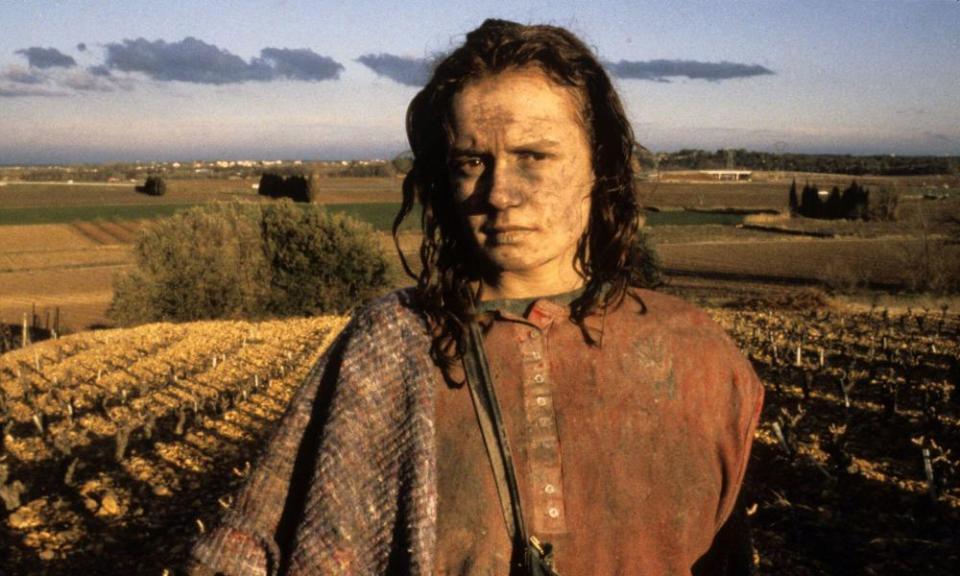
The three most recent Golden Lions were won by women, but before that female film-makers have been honoured infrequently at Venice (though it still has a better track record than Cannes). In 1985 Agnès Varda took home the top prize for her most bleakly uncompromising film: a study of a scornful, enigmatic drifter, played by Sandrine Bonnaire, that is punctuated by testimonies from those who knew her, which serve to muddy the overall picture intriguingly.
7. Red Desert (1964)
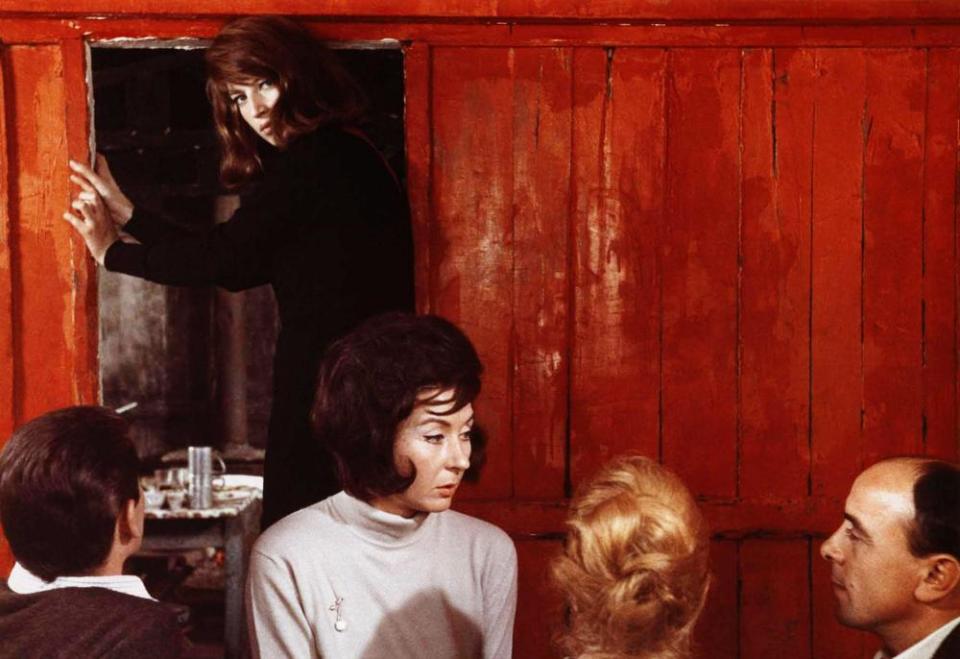
There are two things everyone remembers about Michelangelo Antonioni’s magisterial Po Valley poem of alienation and industrialisation. First, the monologue by a haunted Monica Vitti, who plays a woman adrift in a polluted environment, that begins with the immortal line “My hair hurts …” Second, the extreme lengths the director went to visually for his first colour film: when nature fell short, he gave the grass, shrubs and trees a lick of paint.
6. A City of Sadness (1989)
In an oeuvre hardly lacking in masterpieces, this densely textured humanist epic was a breakthrough for Hou Hsiao-hsien, described by US critic J Hoberman as “the world’s greatest active narrative film-maker”. Beginning in 1945 with Japan’s surrender in the second world war and ending four years later with the brutal White Terror campaign (after the 1947 massacre of more than 18,000 Taiwanese people by Chinese troops), the film filters complex events through the prism of one family, including Tony Leung as the clan’s youngest son, a deaf-mute photographer.
5. The Battle of Algiers (1966)
The insurgency launched in 1954 by the FLN (Front de Libération Nationale) against French colonial rule in Algeria was celebrated and memorialised in Gillo Pontecorvo’s blistering docudrama and briefly banned in France and censored in the UK and US. It combined real and fictional figures, and used verité techniques (the critic Peter Matthews describes the handheld camera “excitedly clawing at the action”) in tandem with the explosive contrivances of a ticking-bomb thriller. Political film-making was never the same again.
4. Belle de Jour (1967)
“Don’t do anything,” Luis Buñuel told Catherine Deneuve after casting her as Séverine, who drifts into sex work in this twisted adaptation of Joseph Kessel’s 1928 novel. “And above all, don’t … perform.” And she doesn’t: this is transfixing and somnambulant acting. Look out for the contrast between Séverine’s erotic dreams and her daily life. “Her daydreams are real,” noted Buñuel’s co-writer, Jean-Claude Carrière. “Each one was dreamed by a woman we spoke to. But the character’s life with her husband – that is artificial … It’s a very strange film.” No kidding.
3. Rashomon (1950)
After a woman is raped in a forest by a bandit and her husband apparently murdered, multiple accounts (including that of the dead man communicating through a medium) provide conflicting views of what happened. Akira Kurosawa’s reflection on the nature of truth, which also won the Oscar for best foreign language film, is as tangled as the woodland setting evocatively rendered by cinematographer Kazuo Miyagawa, and as mighty as Toshiro Mifune, the director’s frequent collaborator, who plays the bandit.
2. Ivan’s Childhood (1962)
Kubrick’s Lolita was pipped to the top prize by Andrei Tarkovsky’s devastating debut, which shared the Golden Lion that year with the fraternal drama Family Diary. Based on Vladimir Bogomolov’s novella Ivan, Tarkovsky’s film, which he made “to establish whether or not I had it in me to be a director,” concerns an orphaned Russian boy brutalised by conflict. “With one blow, it annuls a whole cinematheque of the war films of all lands,” wrote Ivor Montagu in 1973.
1. Ordet (1955)
Carl Theodor Dreyer’s sublime and austere adaptation of Kaj Munk’s play was shot in the village where Munk served as a parish priest until the Nazis murdered him in 1944. The action is restricted to a Jutland farmhouse, the claustrophobic setting insisting on a certain staginess even as the cinematography overrules it. As the camera prowls the interiors (there are only a handful of external shots and just three closeups), we meet the multigenerational household: an elderly man, his sons, one of whom believes himself to be the reincarnation of Christ, and two granddaughters. Also present is his pregnant daughter-in-law, whose death sets the stage for a miracle that elevates the film to the level of the divine.

 Yahoo Movies
Yahoo Movies 
